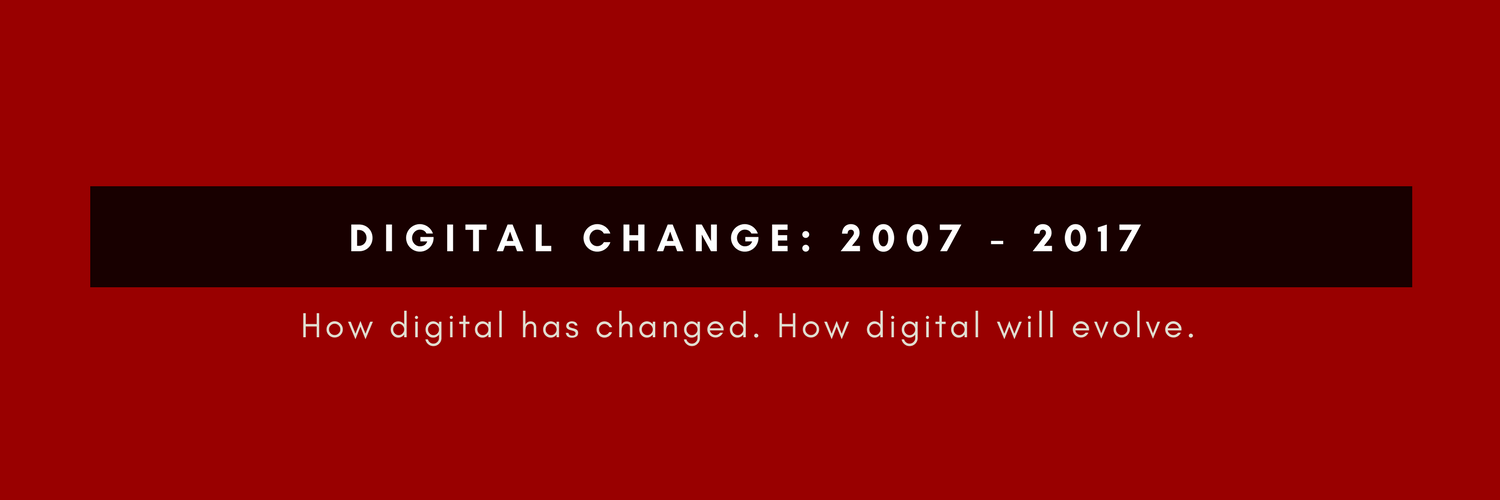
Ten years seems like a long time in the digital world. A lot has changed and the pace of change continues to increase. More tools exist to make it easier to create a sharp looking and engaging web site. Social and mobile channels have had huge growth beyond anything imagined. We can better measure what’s happening and react to it. But for all that change, digital is ever more important and ever more complex. Yes, we have productivity improvements but we also have many more users and revenue coming through the channel.
This is the first in a series on how things have changed and what you need to think about in a modern digital world.
2007
Before we talk about the complexities involved today, think back to 2007
- The first iPhone launched in January 2007
- Facebook had about 13 million users in early 2007.
- Blackberry was the most prominent “smartphone” vendor.
- Adobe had just bought Omniture Analytics which was the start of their Adobe Marketing Cloud
- Sitecore was much smaller and still primarily in Europe
- Most websites were still primarily brochure sites. Yes, they looked a lot better but it was about the content primarily
- Responsive was related to customer service and not to mobile
- Everyone said they wanted to create a personalized experience and NO ONE actually personalized the user experience
- Virtual Servers were king but the cloud had yet to become the juggernaut it is today
- Launching a new website included two key sponsors: Marketing director over digital and an IT Director
2017
Now let’s look at our world today
- Smartphones rule the world
- Facebook has over 2 billion active users today
- 2.3 billion people use smart phones in 2017
- More Google searches occur on mobile devices than legacy desktop devices. Actually, that was in 2015…..
- Adobe is a Marketing Cloud with numerous web content and digital marketing tools
- Sitecore has grown to be a default vendor with much more than just web content capabilities
- All major sites are web friendly. Most web sites support mobile in some form or fashion
- Digital Marketing teams have strategies for each channel: mobile, web, facebook, twitter, instagram, etc. Those strategies are different based on the channel
Along the way, consumer expectations completely changed and today continue to evolve. Consumers expect more every day. They look across industries when setting expectations as well. Think of the Kano model
What this model shows is the fact that as consumer expectations rise, web site satisfaction decreases over the course of time. Doing nothing guarantees that your excellent satisfaction ratings quickly become low satisfaction ratings.
Bottom Line
Today’s web sites demand so much more than what was needed in 2007. In the next few posts in this series, I’m going to focus on how those changes have evolved and how you need to continue to change expectations when it comes to the digital channel.
- More complex technical underpinnings
- More complex measurements and tests
- Much more complex governance


